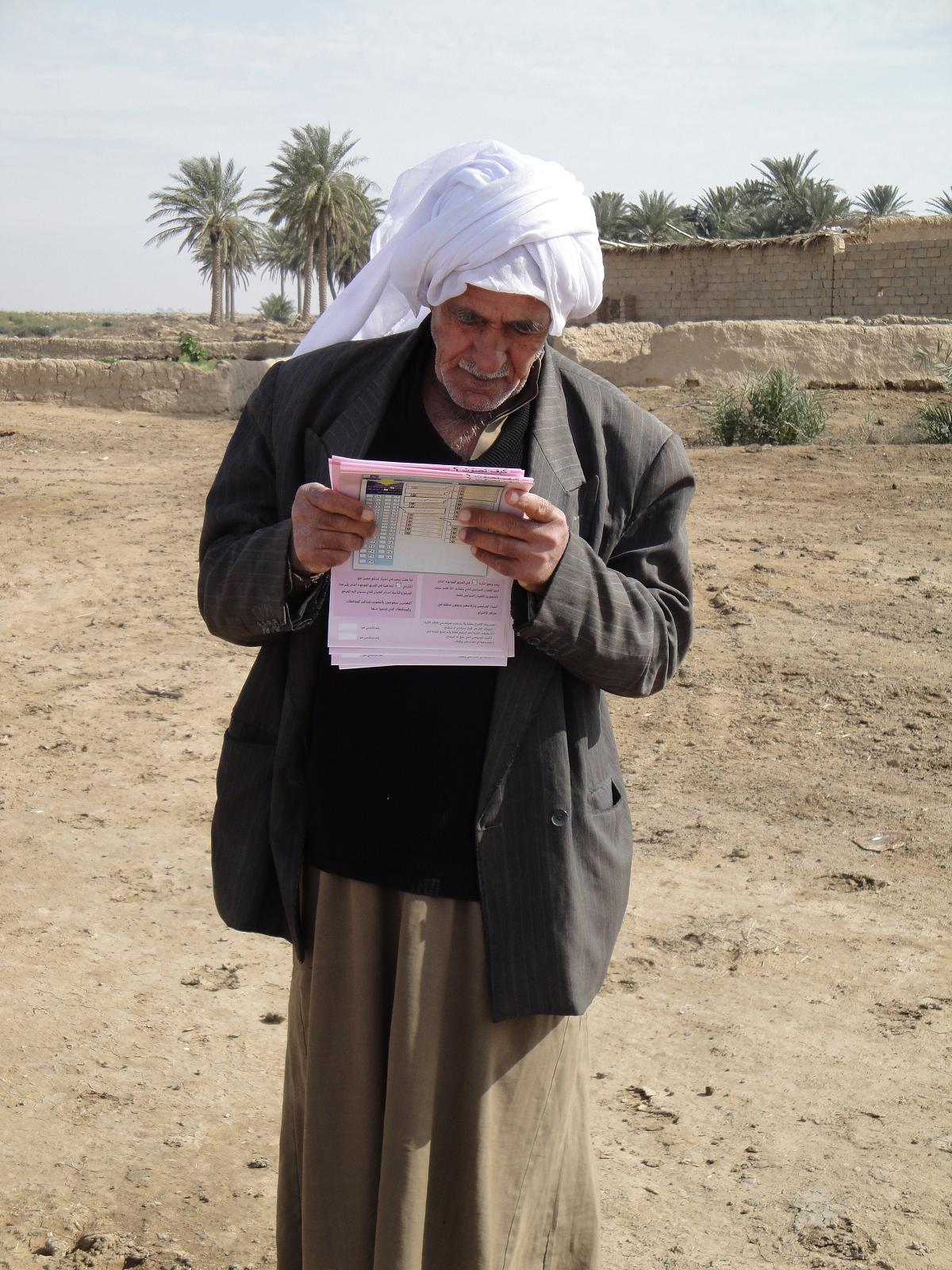
On March 7 Iraq held its second parliamentary elections since the fall of Saddam Hussein’s regime. More than 6,000 individual candidates from some 80 distinct political entities participated in the most open and contested election in Iraq’s history. Iraqi voters defied a spike in violence on Election Day with 62 percent turnout nationally and especially high rates of participation among Iraq’s Kurdish and Sunni minorities.
Over the past months IRI assisted Iraqis in their democratic endeavor by training political parties and candidates to compete effectively and by educating the Iraqi electorate on the political system and the issues at stake in order to turn them out on Election Day.
Beginning in November 2009, IRI held 127 unique trainings throughout every one of Iraq’s 18 governorates, reaching a total of 2,737 party activists including more than 2,000 candidates. One third of all candidates competing in the elections were trained by IRI. These workshops covered a broad range of campaign and political skills, including media relations, strategic planning and T4 — a module for teaching fundamental campaign skills: target, touch, track and turnout. Candidates and their activists were taught to target the specific subsection of their constituency either inclined to vote for them or undecided, touch those voters repeatedly through effective messaging and a variety of media, track their campaigns through a detailed database, and finally on Election Day turnout their voters to the polls.
In the final weeks before the elections, IRI, working with Iraqi civil society, launched a massive voter education and get-out-the-vote (GOTV) effort. Nationally, five million direct contacts were made through mock ballots and newsletters outlining important issues, one for every four Iraqis eligible to vote on March 7. Additionally, using its in-house Media Center, IRI helped produce a series of issue focused talk shows, public service announcements, and candidate debates to inform voters on the issues at stake, the platforms of competing candidates and parties, and the particulars of voting.
The impact of this effort was clear: the seven provinces in which IRI most concentrated its voter education work saw seven of the highest voter turnouts. In Anbar, the province of greatest IRI GOTV concentration, voter turnout increased by the highest rate of any province over January 2009 provincial council elections.
Top